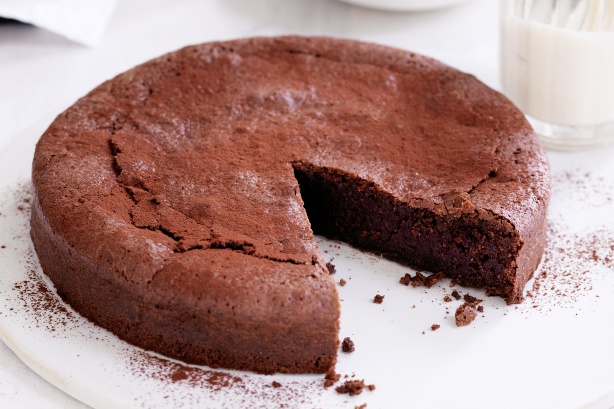We have made time to explore the back roads during our trip to Wilderness.
With no "padkos" but only cold water we started our journey.
We visited 25 small towns on our route
And zig-zag through 3 provinces and traveled more than 2000 km
Part 1
Part 1
Kameel - a farming community in a very dry part or our country. Many years ago my Dad bought 5 houses next to the railroad.
 |
| My mom, Florence - 84 - her house next to the railroad and her pride and joy the garden |
" the railway will form the main trunk line connecting the markets of the Cape Colony with the British South Africa Company’s territory and, ultimately, on joining with the Beira Railway Company’s line to Salisbury, will afford through means of transport from Cape Town to Beira."
 |
| For accommodation you can stay over at Rust and Vrede. It is hard to imagine the cool, green oasis that awaits you when your arrive after a journey through the hot, dry and beautiful North West My mom and Hennie in the main picture Grain Silos at sun set A ride on a quad bike ride Some interesting implements under an old blue gum tree A ride on a donkey cart |
There used to be an old Convent and we thought that we will be able to take some pictures but unfortunately it was all very much left to ruines
 |
| Devondale in the not so good days |
 |
| A stamp dated to the era of Stellaland The church in the middle of the town Granny Barlow's house in Brand Street Granny and Grandfather Salt pans |
 |
| My Great-grandfather Fincham and the family had a farm called Lonely Hill just outside the town. |
Our next stop Vryburg and still remember the milkshakes and the Waldorf Cafe in the main street.
It is renowned for it's cattle ranching and are often referred to as the "Texas of South Africa". The history dates back to 1882. when it was established and called themselves Vryburgers (Free citizens). The plots were apportioned to the volunteers by means of a lottery and by 1883 400 plots had been established.
You can also read about Ofelia and Vryburg here
We again paid a visit to Tierkloof (Tiger Kloof) Missionary Station. The stone church was established in 1904 by the London Missionary Station. It is now a national monument and restored as an educational institute
My mom told us about Buxton and the Blue Pools that she visited as a youngster.
It was worth the visit.
It was very dry so we could not visit the Blue Pools must be splendor due to the water flowing from the limestone cliffs could be a site to remember.
We visited the Taung World Heritage site and it is known due to the evidence of early hominids that was found. It is the only site at which hominid fossils have been discovered in tufa caves.
The caves were formed in an enormous tufa flow that came off the dolomite bedrock of the Kalahari escarpment and is situated just west of the village of Taung at the Buxton Quarry, were the Taung Child skull was found in 1924 in an old mine tunnel by a quarry worker. The little skull is to be from a approximately three year old child and is housed at the University of the Witwatersrand in Johannesburg. This finding proved that Africa truly is the cradle of humankind
The Buxton Quarry is no longer mined.
 |
| Buxton |
 |
| A beautiful tarred road leads to the Taung Skull Site. A short hike takes you to the monument. The remaining abondant buildings at the quarry The Taung Child The World Heritage plaque of the monument |
We then enter the Northern Cape Province via the N12 next to the longest lane op poplar trees
The 38 kilometre poplar lane along the road to Hartswater, was planted in 1937 and has often been considered the longest lane of its kind in the world.
Next time we will tell you about the next leg of our travel
Till next time see you soon
Till next time see you soon
Sandra































